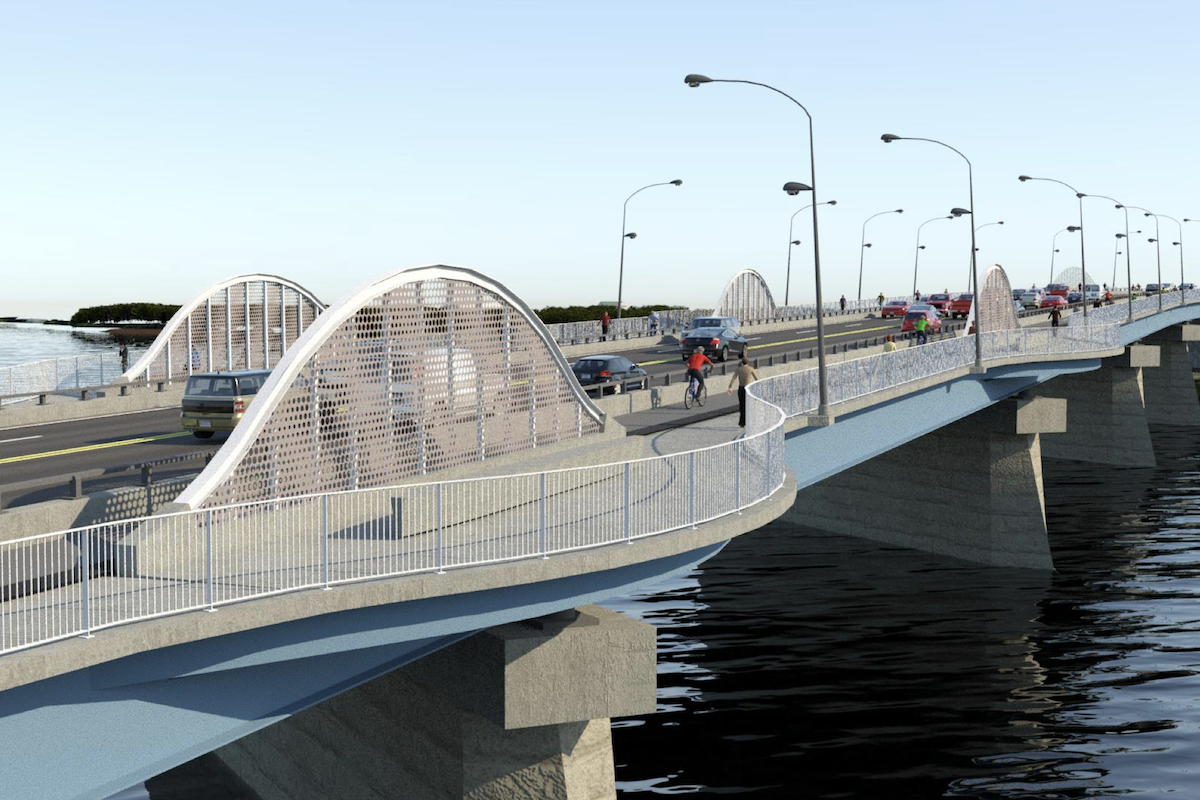Using comprehensive data analytics, the VHB team partnered with the New Hampshire Department of Transportation (NHDOT) to deliver much-needed safety improvements — nearly quadrupling the project’s original length and expanding the expected safety benefits without affecting its budget or schedule.
Part of a broader initiative to improve safety along the 15-mile section of NH Route 101 from Wilton to Bedford, the project was originally scoped as a spot treatment of a 1.2-mile high-crash segment of the highway. VHB conducted a comprehensive safety analysis utilizing traffic and speed data from Accurate Counts. VHB’s exhaustive safety analysis and alternatives analysis determined a painted six-foot median buffer with rumble strips and pavement markings to be the most beneficial, safety-enhancing option, while also considering long-term maintenance and environmental impacts. This countermeasure’s ease of implementation and cost-effectiveness allowed NHDOT to expand the project’s limits an additional 3.5 miles. Construction has begun, and the project has an anticipated completion date of November 2024.
NHDOT is eager to adopt data-informed national safety best practices, and this project showcases the necessity of moving past the conventional assumption that safety is implicit in design. Saving NHDOT substantial costs in materials, stormwater treatment, and environmental permitting, the median buffer countermeasure is also environmentally sustainable by requiring far less carbon-emitting concrete, not enlarging the roadway footprint, and not creating a barrier for the area’s at-risk turtle species.
This project sets the stage for prioritizing and effectively mitigating safety issues along the Wilton-to-Bedford Route 101 corridor and beyond.




































































